
David Wantman Named to South Florida Business Journal’s 2020 Power Leaders in Real Estate List
The list identifies key players in the local real estate market who power what remains a significant driver in the South Florida economy.
Learn from award-winning professionals — explore our whitepapers, blogs, and the latest industry updates.
Join our dynamic organization of engineers, land surveyors, landscape architects, environmental scientists, and architects!
Talk to a market leader today! We’ll answer any questions you have about our professional services.
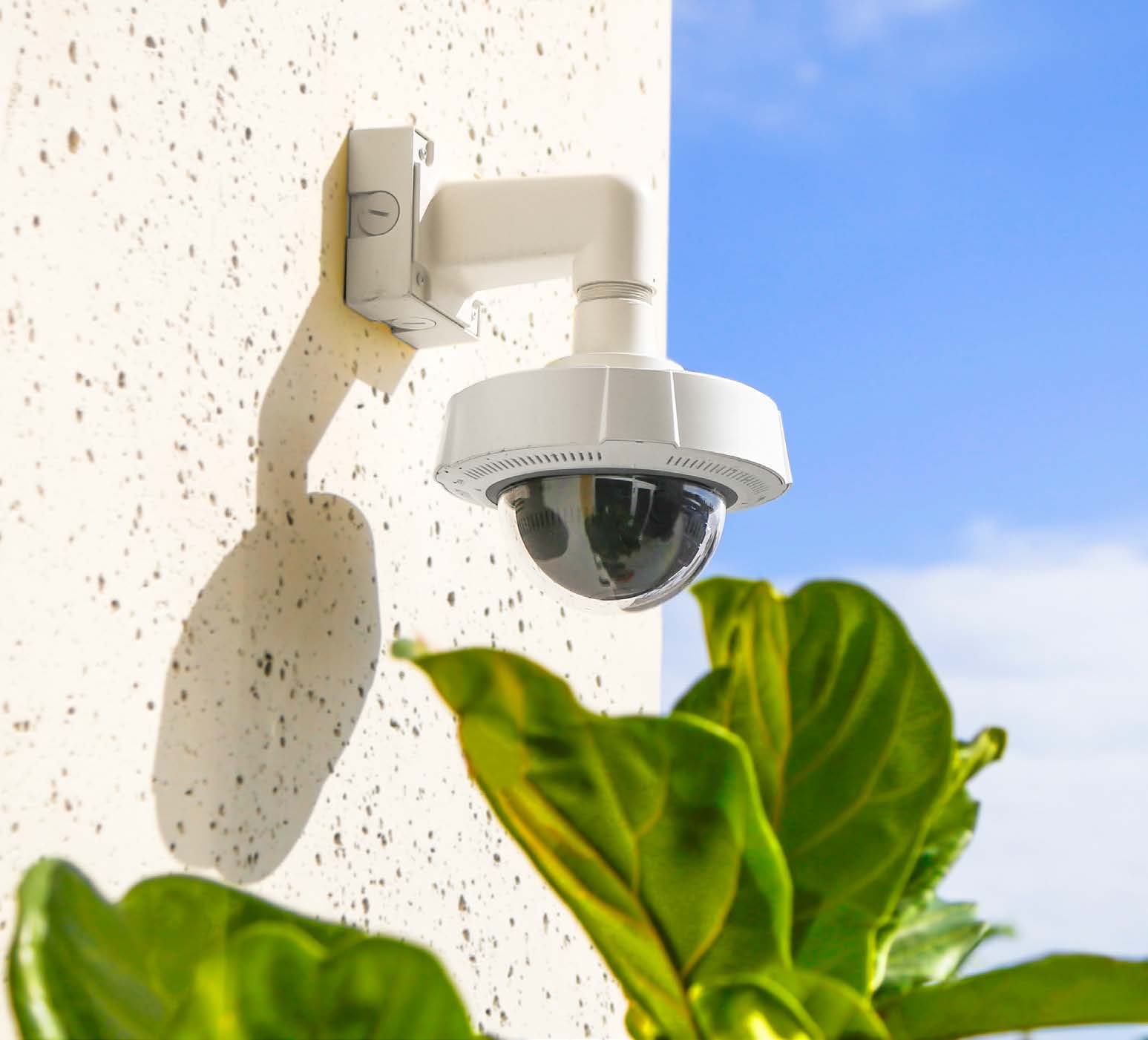
The vital protection of people and places remains a primary objective for infrastructure professionals. Whether it is schools, offices, airports, malls and retail centers, or government buildings, or parking structures, the objective remains safety, aesthetics, and functionality – all without creating the feeling of a fortress.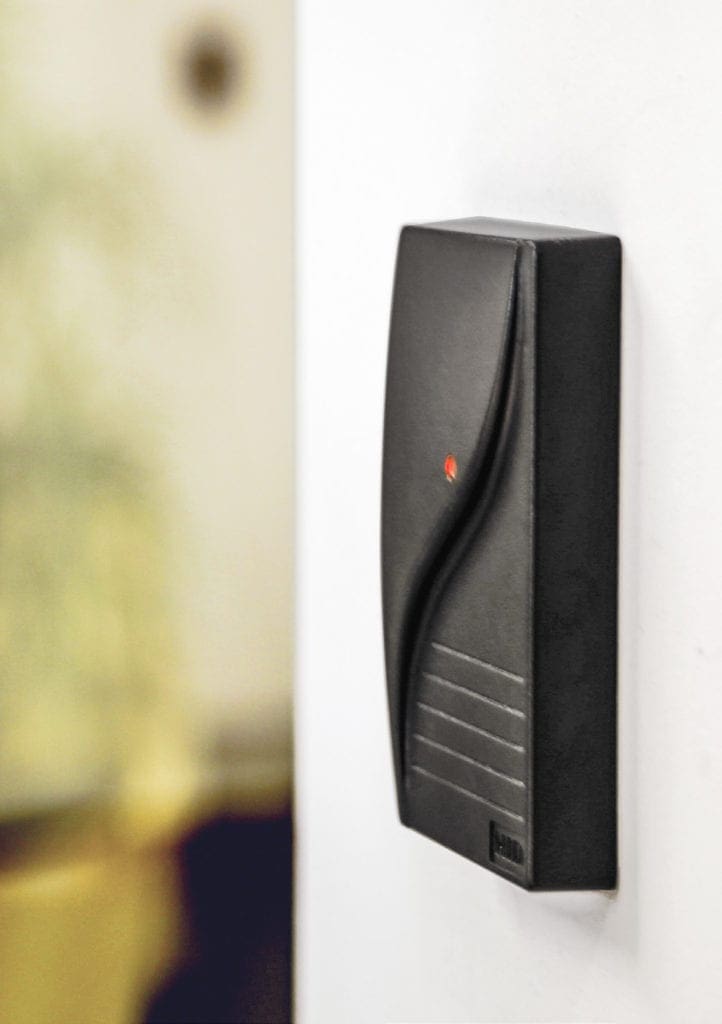
Appropriately designed security features add project value without distracting from the facility’s primary function. Simply, we should have a secondary awareness of being in a safe and secure environment while we remain focused on the primary reason we are in that location. Examples include manned checkpoints that dissolve in the rearview mirror as you proceed into the core of a facility or less noticeable row of bollards, systems of remotely locking doors, or strategically placed force-resistant glass — efforts to deter and thwart an aggressor without making the space or building look and feel less natural.
And that’s the challenge — harmonizing comfort and function with the needs of security and safety, which could make a space unappealing. A classroom must still be a place where our children learn. A hotel lobby must be a place that welcomes guests. An arena must be a place where people enjoy a game or concert. With a holistic assessment and design effort, security and function can be achieved.
Even with the design challenges presented by increased security, it’s understandable why building owners are asking about it.
The January 6, 2021 riot at the U.S. Capitol was a vivid reminder that people and crowds are unpredictable. But this is not new; since the beginning of time, infrastructure was designed to provide resiliency and longevity for people, cultures, and societies. What has changed is the sophistication available to leverage technology and experience to create additional protection everywhere — from schools to churches, from department stores to nightclubs, and from offices to movie theaters.
This ideology is currently a focal point for infrastructure projects accessible to the public. In fact, interest in building security remains as high as it’s ever been. Fortunately, much can be done, both with existing structures and new construction.
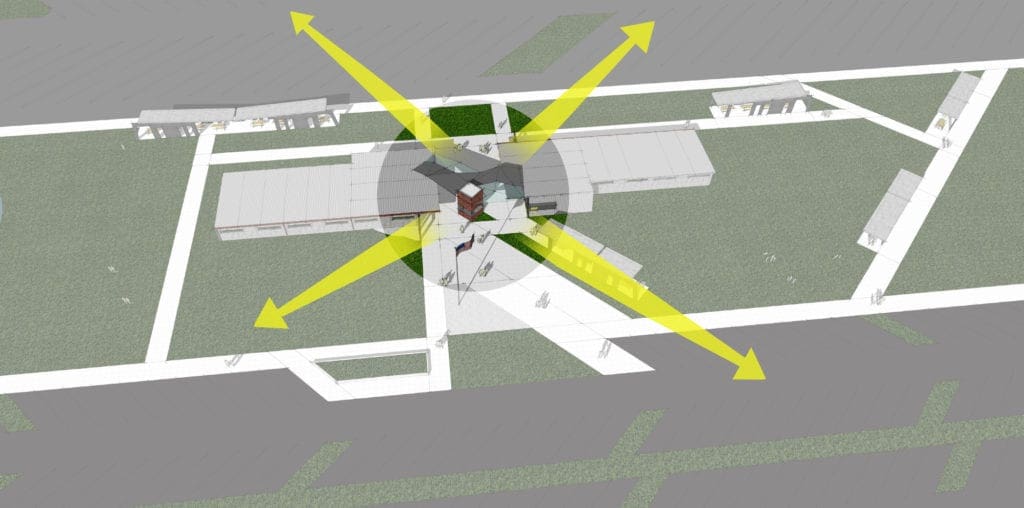
Whether you’re a governor, a CEO, the superintendent of a school district, or a developer of Class A office space — if security is a priority, the first step is commissioning an expert assessment by a multi-discipline team that includes architecture, landscape architecture, parking planning, and civil, structural, and MEP engineering. This assessment — in accordance with guidance outlined in Crime Prevention Through Environmental Design, and the Whole Building Design Guide by the National Institute of Building Sciences — is critical to protecting people and property. The assessment should not be done by a vendor trying to sell a product.
The security matrix should run the full gamut of threats and weaknesses, from A to ZZ. With all the information at hand, the solution can be implemented. If it’s existing construction, it could mean a certain amount of demolition and renovation, using materials and finishes to make it feel that the upgrade was there the whole time. With new construction, security becomes part of the entire design strategy and can include active, passive, and physical elements that deter, detect, and delay a human aggressor, perhaps saving the valuable minutes (even seconds) that mean the difference between life and death.
The thinking behind security is that it’s not reinventing the wheel. The basics have been around for a while — clean sightlines, choke points, natural surveillance, structural barriers, access control, secure rooms, emergency plans, landscaping, mechanical processes, and lighting, among others. But even with proven elements at hand, a holistic security solution must treat every space as unique, deserving of its own specific requirements. Security must be cost-effective and meaningful, too.
How long will the building last and what’s the life cycle of the security elements involved? Are the systems scalable and the components easily upgraded as technology evolves? Security cannot become a detriment for the building owner. It must remain a benefit. You can’t just install a lot of expensive bullet-proof glass in a building and call it a day.
Currently, security is becoming a higher priority at the state level. As states increasingly test the waters of security, it’s likely that public entities like school districts, particularly those with voter-approved bonds for major construction projects, will look at facility security measures, as will major companies like Tesla that are building new headquarters from the ground up. While the primary focus is always on people, security also includes the protection of property and information and includes such hazards as floods, hurricane-force winds, and earthquakes, as well as unwanted intrusion.
When adverse events occur and breach the first line of defense, there are important secondary elements. A comprehensive security design includes efficient wayfinding and clearly delineated exits. An alarm system, doors that remotely lock and, in educational settings, security pods that double as study spaces can save lives. In a large-scale setting, whether a school or a corporate campus, a well-known and rehearsed Occupant Emergency Plan is critical.
The demands of holistic security design are vast. Done right, it takes meticulous planning between consultant and client, and can be more challenging and expensive than standard construction. But cost-effective, practical solutions are out there if time is taken to find them. Soon, we could start seeing airport-level security in places where we don’t want to see it. Hoping that’s not the case doesn’t change the current or future environment.
It’s quite likely that the interest in security will remain high for the foreseeable future. Building owners from state and federal governments to school districts and tech entrepreneurs, will want their employees to work in the safest possible places that still function as intended. Striking this balance requires a coordinated effort between the owner and a multidiscipline firm with a broad base of expertise.
WGI’s team of experts has the sophistication available to leverage technology and their experience to handle the meticulous planning it takes to strike the balance between safe but comfortable when implementing security solutions.
Contact our team today and let’s discuss how your building can begin to function like a fortress without looking or feeling like one.

Eric Luttmann is WGI’s Director of Architecture, based in our Tampa, Florida office. Eric’s experience includes architectural design, facility planning and programming, project feasibility analysis, master site planning, project management, contract document production and coordination, Building Information Modeling (BIM), and visualization technologies.
Eric has been involved in numerous projects of all sizes including transportation, industrial, commercial, municipal, healthcare, and educational facilities. His specialized design expertise includes highway truck parking, electric vehicle charging, and alternative energy facilities.

The list identifies key players in the local real estate market who power what remains a significant driver in the South Florida economy.

Proper coordination and communication is vital to setting your team up for a successful project.
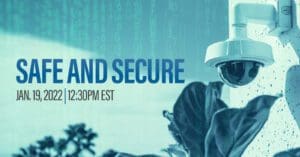
In this webinar recap, Eric Luttmann discusses how to overcome the challenge of achieving security and function with a holistic assessment and design effort.
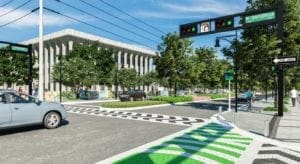
Discover the 3D design software breakthroughs that are enabling designers to accomplish things that CAD users could only dream about.
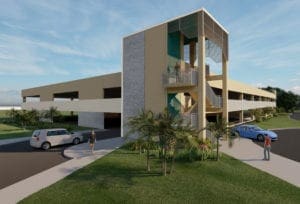
Teamwork and an array of multiple services combine to add much-needed additional parking to the Ocean Reef Club with a newly designed parking structure.

On this episode of WGI Unleashed, we get to know Shad Shafie, VP of Buildings who leads a division that consists of Building Enclosures + Restoration, MEP Engineering, Structures + Parking, Specialty Structures, and Architecture. He resides in our San Antonio, TX office.
You’ve been searching for a place like WGI. We look forward to meeting you soon.
Sign up to receive emails to hear our latest news and achievements in our monthly newsletter.
Enter your zip code, and we’ll personalize your experience with local projects, office locations, team members, and more.
WGI supports its associates with meaningful opportunities for growth, strong benefits and perks, while we work collaboratively with clients and co-consultants to shape and improve communities.






WGI is a dynamic organization with opportunities nationwide for engineers, land surveyors, landscape architects, environmental scientists, and architects.